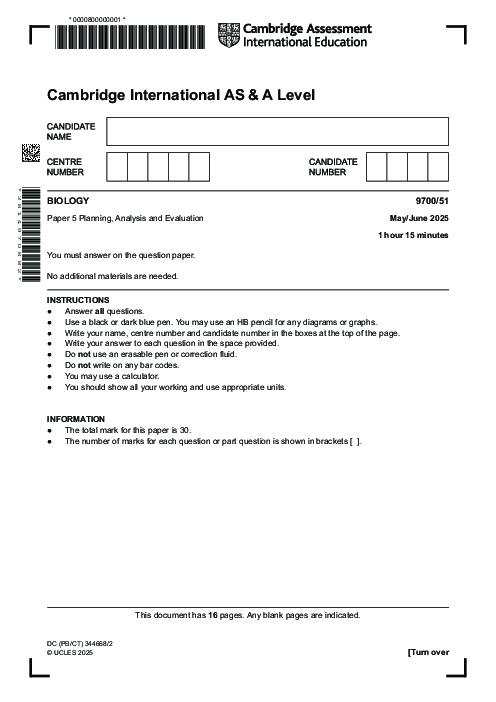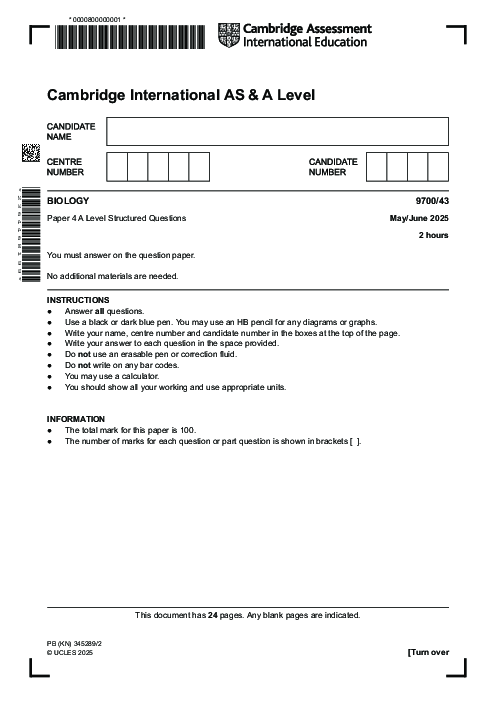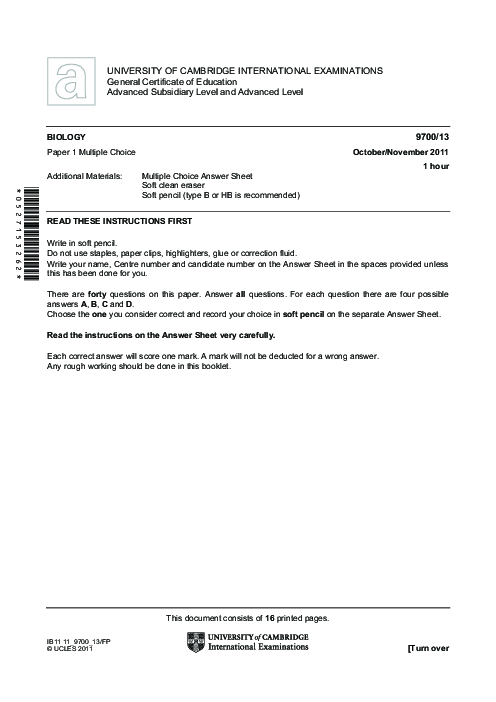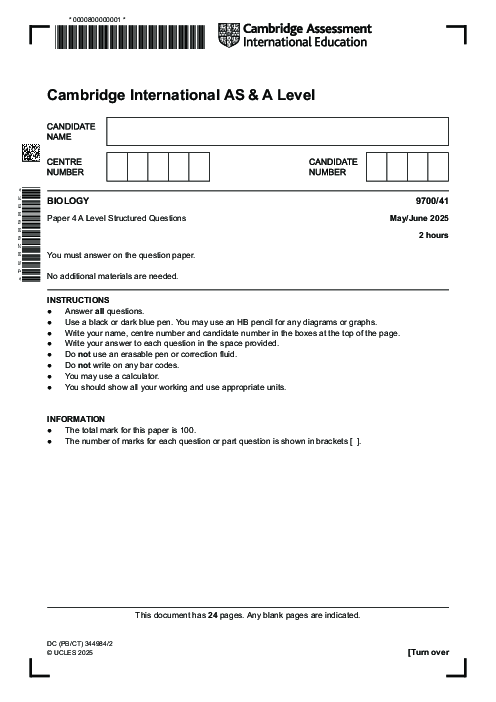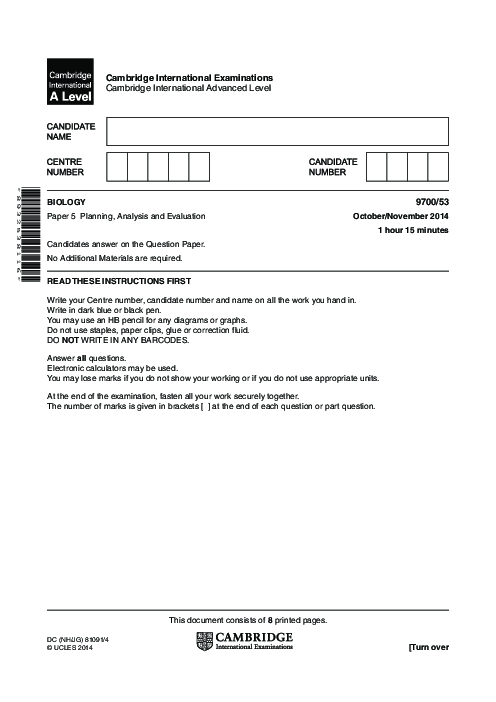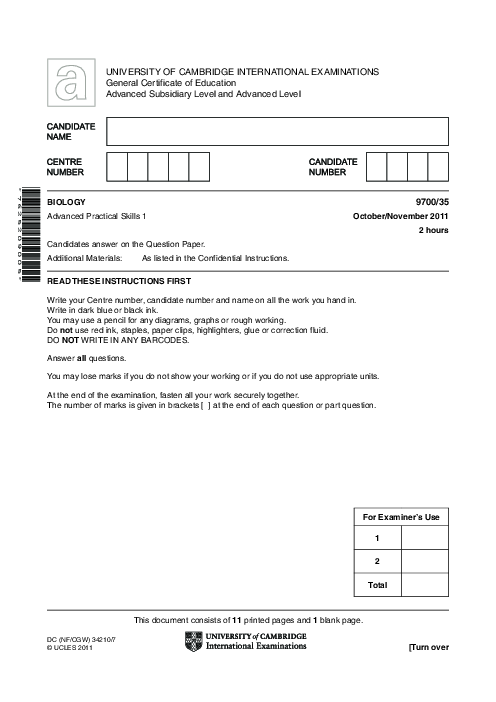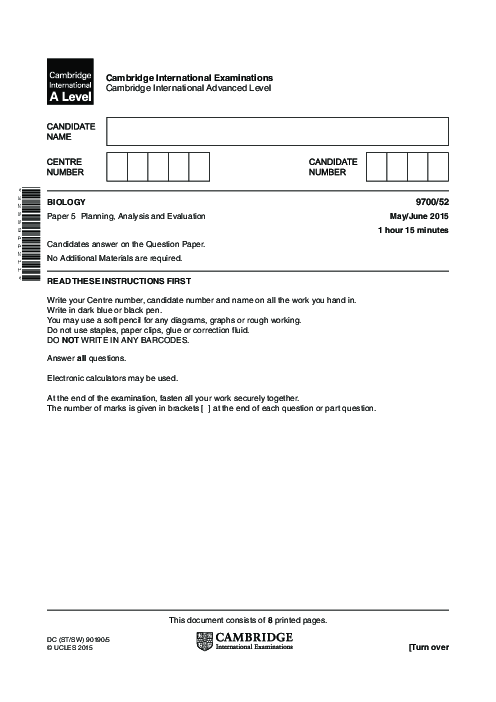Sickle cell anaemia is caused by a mutation in an allele of the gene that codes for the β-globin polypeptide of haemoglobin.
The diagram shows the sequence of bases in a small section of the template strand of DNA for both the $H{b^A}$ (normal) and $H{b^S}$(sickle cell) β-globin alleles.
$H{b^A}$ CTGACTCCTGAGGAGAAGTCT
$H{b^S}$ CTGACTCCTGTGGAGAAGTCT
Both the polypeptides for $H{b^A}$ and $H{b^S}$ are the same length. How will the mutation in the allele result in the production of an altered version of the β-globin polypeptide?
A tRNA molecule with the anticodon GUG will form hydrogen bonds with the altered codon on mRNA.
2 )
All the amino acids coded for after the mutation will differ from those in the $H{b^A}$ protein.
3 )
mRNA transcribed from the $H{b^S}$ allele will contain the codon CAC instead of the codon CTC.
4 )
The ribosome will be unable to continue translation of the $H{b^S}$ mRNA after the altered codon.
تحلیل ویدئویی تست
منتظریم اولین نفر تحلیلش کنه!


